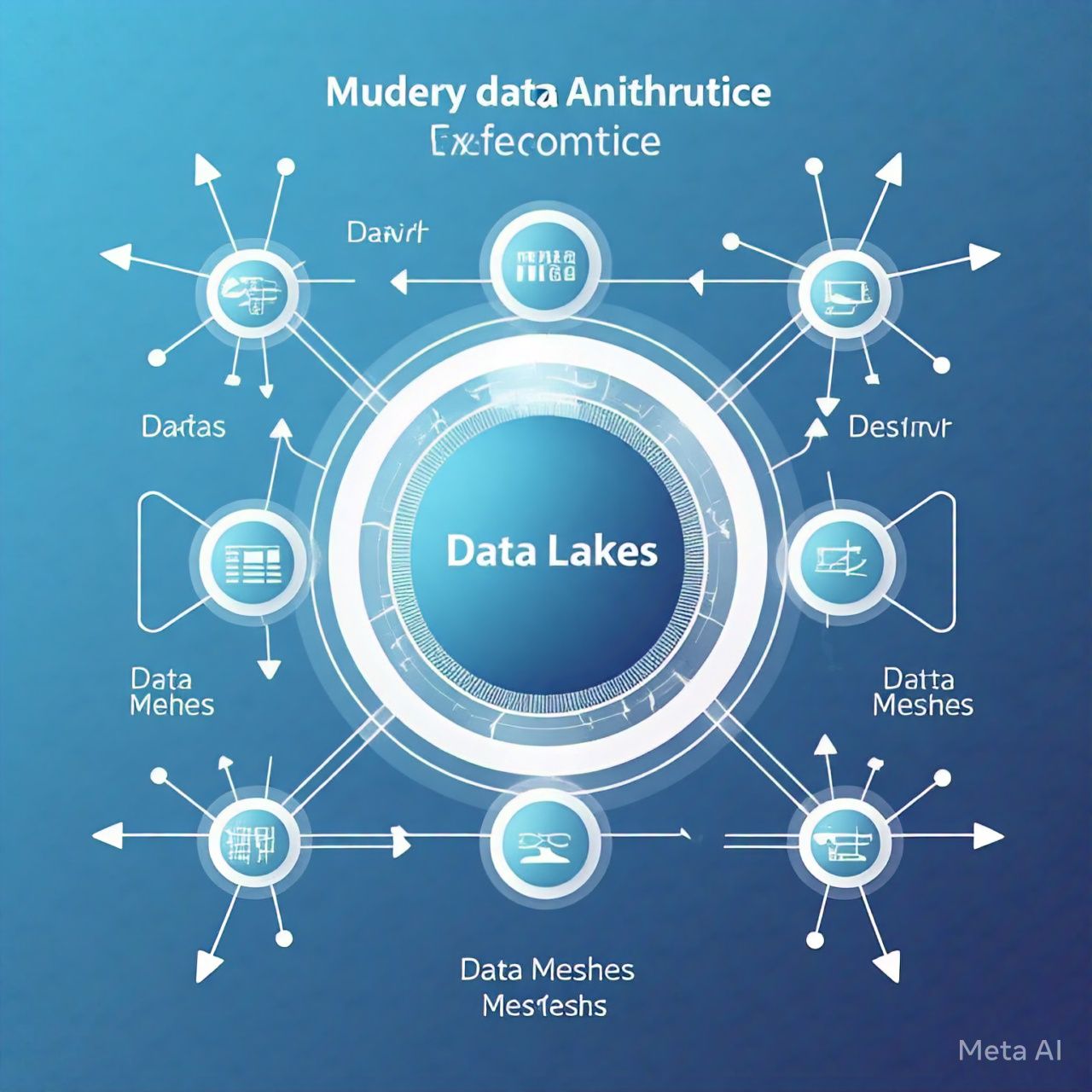The world of data architecture is in constant flux, driven by the ever-increasing volume, velocity, and variety of data. While data lakes have served as a valuable solution for storing vast amounts of raw data, many organizations are now grappling with the limitations of this centralized approach. Enter the data mesh – a decentralized, domain-driven architecture that promises to address the challenges of data lakes and unlock the true potential of data.
The Limitations of the Centralized Data Lake
Data lakes were designed to break down data silos by providing a single repository for all of an organization’s data, regardless of its structure or source. This centralized approach offered several advantages, including simplified data ingestion and the ability to perform large-scale analytics.
However, as data lakes grew in size and complexity, several challenges emerged:
- Data Swamps: Without proper governance and metadata management, data lakes can quickly become data swamps – unmanageable repositories of raw data with little context or meaning.
- Centralized Bottlenecks: Centralized data teams often become bottlenecks, struggling to keep up with the diverse data needs of different business domains.
- Lack of Ownership: The absence of clear data ownership can lead to inconsistencies, inaccuracies, and a lack of accountability for data quality.
- Scalability Issues: Scaling a centralized data lake to meet the needs of a growing organization can be complex and costly.
- Monolithic Architecture: It is hard to maintain and creates technological bottlenecks as well as an organizational one.
Enter the Data Mesh: A Decentralized Paradigm
The data mesh architecture addresses these challenges by shifting from a centralized to a decentralized, domain-oriented approach. Inspired by the principles of microservices, the data mesh treats data as a product, with each domain owning and managing its own data pipelines and infrastructure.
The data mesh is built on four core principles:
- Domain Ownership: Data is owned and managed by the teams that are closest to it – the business domains that generate and use the data.
- Data as a Product: Each domain exposes its data as a product, making it discoverable, accessible, and trustworthy for other teams within the organization.
- Self-Serve Data Infrastructure: A platform team provides a self-serve infrastructure that enables domains to manage their data products independently.
- Federated Computational Governance: Global standards and policies are enforced across the mesh to ensure interoperability, security, and compliance.
Benefits of the Data Mesh Approach
Adopting a data mesh architecture offers several key benefits:
- Increased Agility: Decentralized ownership empowers domains to move faster and adapt to changing business needs without being constrained by a central team.
- Improved Data Quality: Domain experts are best positioned to understand the nuances of their data, leading to improved data quality and accuracy.
- Enhanced Scalability: The distributed nature of the data mesh allows for greater scalability and flexibility, as each domain can scale its infrastructure independently.
- Better Data Discoverability: Data products are designed to be easily discoverable and understandable by other teams, promoting data reuse and collaboration.
- Democratized Data Access: With self-serve platform, data access is easier and less dependent on a central team.
Making the Transition: Key Considerations
Moving from a data lake to a data mesh is a significant undertaking that requires careful planning and execution. Here are some key considerations:
- Organizational Change: The data mesh requires a shift in mindset and organizational structure, with a greater emphasis on collaboration and autonomy.
- Technology Stack: Choosing the right technologies for the self-serve data infrastructure is crucial. This may involve adopting new tools and platforms for data integration, processing, storage, and governance.
- Data Product Design: Defining clear standards and guidelines for data product design is essential to ensure consistency and interoperability across the mesh.
- Federated Governance: Implementing a robust federated governance model is critical to maintain data quality, security, and compliance across the decentralized environment.
The Future is Decentralized
The data mesh represents a paradigm shift in data architecture, offering a more agile, scalable, and domain-centric approach to managing data. While the transition may be challenging, the benefits of a well-implemented data mesh are undeniable. As organizations continue to grapple with the complexities of the modern data landscape, the data mesh is poised to become the dominant architecture for unlocking the true value of data. This approach empowers businesses to become truly data-driven, fostering innovation and achieving a competitive edge in the digital age.



